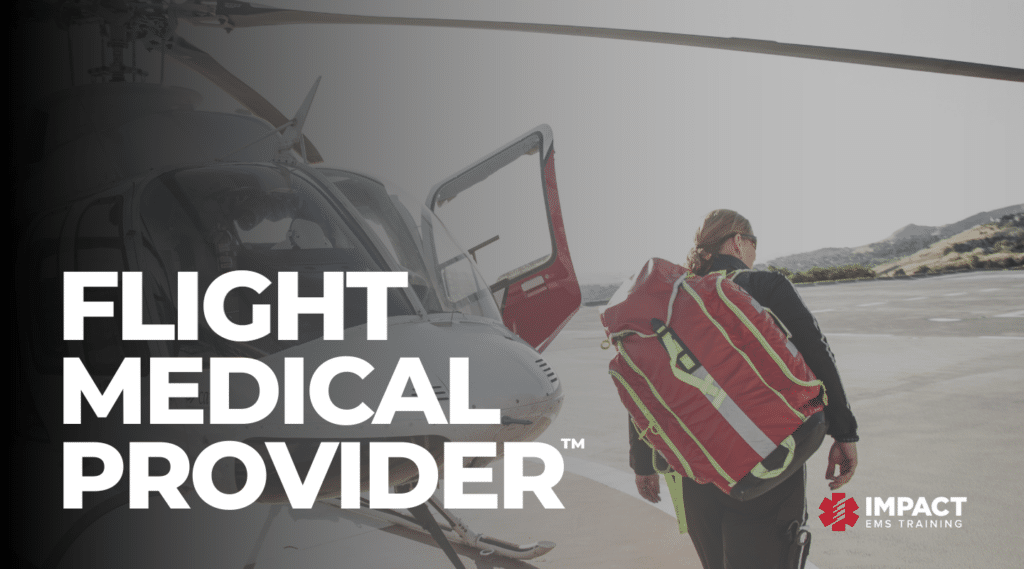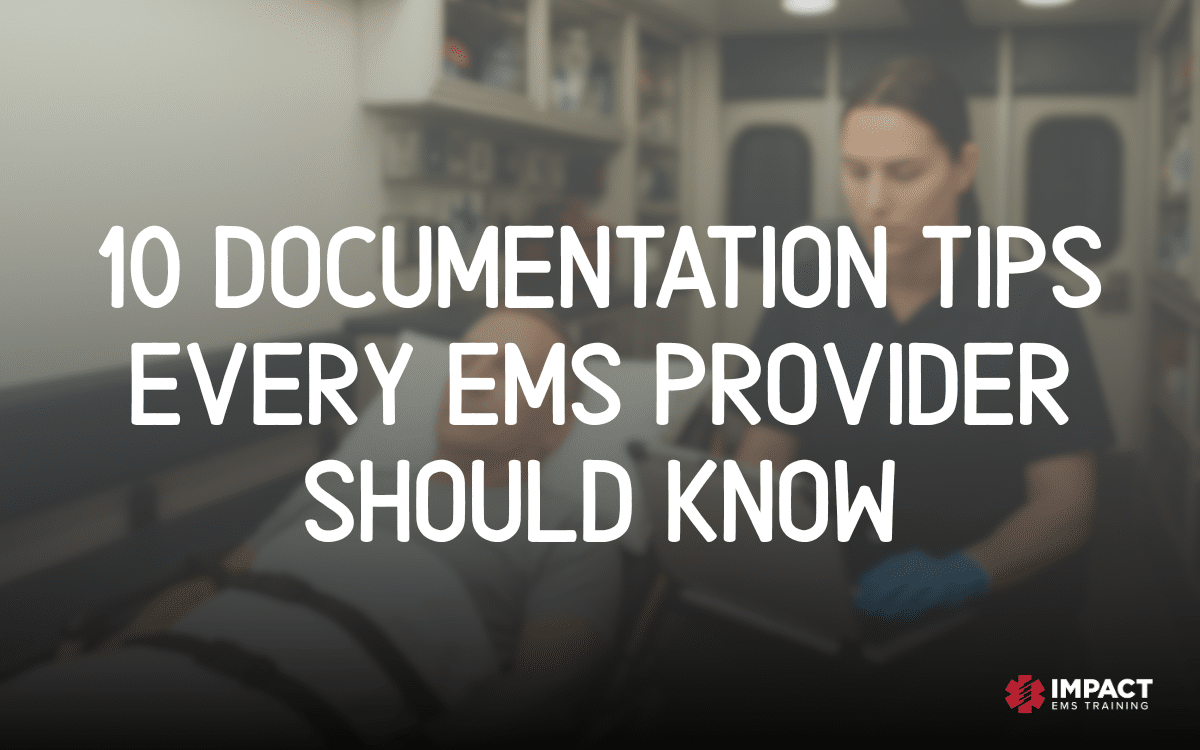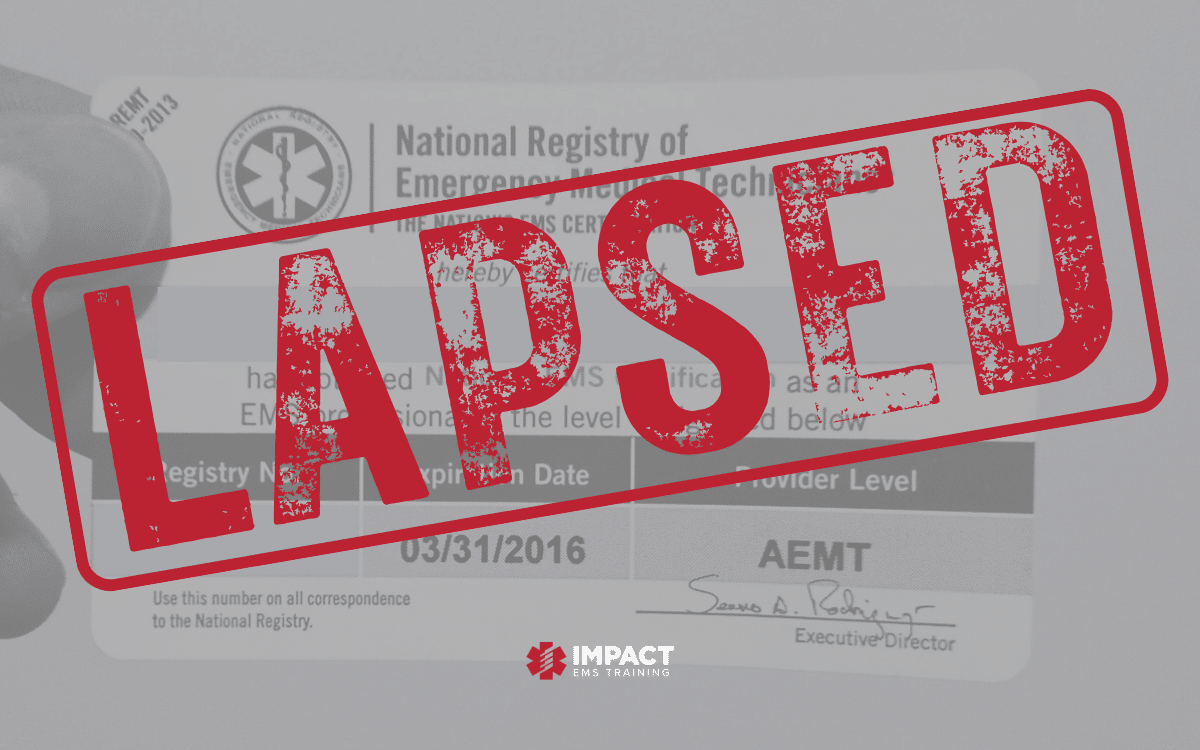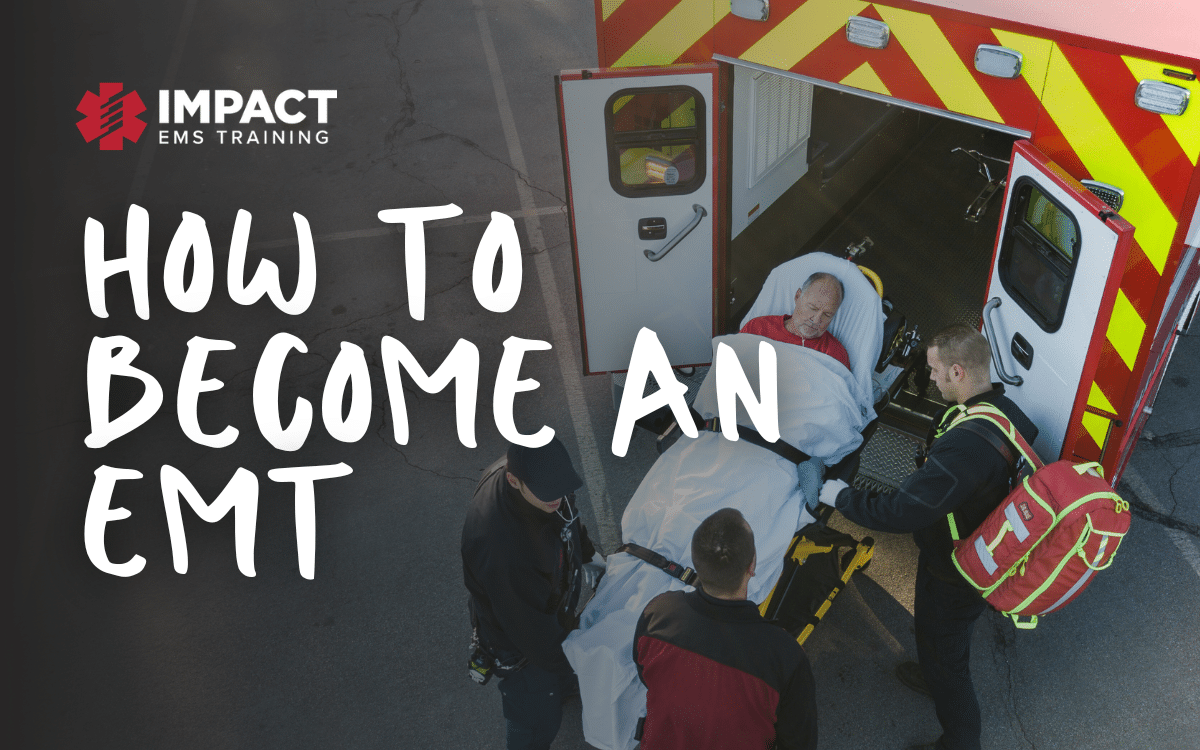Historically, smaller communities have not recognized ambulance services as being on a similar priority level as fire departments or the police. Most people did not believe EMS agencies deserved to receive public funding. That was until it became apparent that medical transportation services are just as important as other public safety systems.
Before these EMS systems became publicly recognized around the 70s, however, some of the most prominent providers of these ambulance services in the US were local funeral homes. This was only the case because at the time there were no other vehicles that could transport a person who was lying down. Only hearse were available.
It was common for these services to be offered by typical “mom and pop” operations that were providing what was essentially a taxi service.
Because there were no national standards for these primative “ambulance systems”, the pre-hospital mortality rates were high. It did not help that the staff typically had little to no medical training, unlike today’s emergency medical technicians.
This only goes to show that a working EMS system is necessary. EMS providers are not always public. There are private ambulance services, also known as for-profit EMS providers. It is important to discuss the differences between these two types of EMS providers.
Public vs. Private Emergency Medical Services
Some cities consider assigning ambulance transport to the fire department but only for life-threatening and serious injuries, while non-lethal cases are to be handled by private companies. That said, not all cities are in favor of this public-private model.
Public Ambulance Services
Public ambulance services are supported through tax revenue and user fees. This means taxpayers fund public ambulance services whether or not they use the service.
The cost of public ambulance services depends on the type of care given, the transport mileage, and the agency. Therefore exact costs may vary. For example, BLS transport includes minimal or basic treatment as well as monitoring of vital signs. This may cost $428 if the agency is D.C. Fire and EMS.
The agency also charges $508 for ALS transport, which includes advanced life support for its patients. Extended life support, also known as ALS-2 transport, costs $735.
Private/For Profit EMS
On the other hand, we have private ambulance services, also known as for profit EMS. Taxpayers do not fund these agencies, which means patients only have to pay when they use the services.
Services and costs may vary depending on the particular agency. Whether it’s a public or private EMS provider, the services are actually dependent on the agency itself.
One key difference between public and private ambulance services is that public ones usually respond to 911 calls. However, some of them also provide non-emergency transportation services.
Meanwhile private EMS providers perform interfacility transports, oftentimes the ones that are considered non-emergency.
Private providers are more likely to hire less experienced employees, which means they are perfect for newer EMS providers. Private services also tend to have the lowest pay rates. There are also private agencies that respond to 911 calls by having contracts with municipalities.




